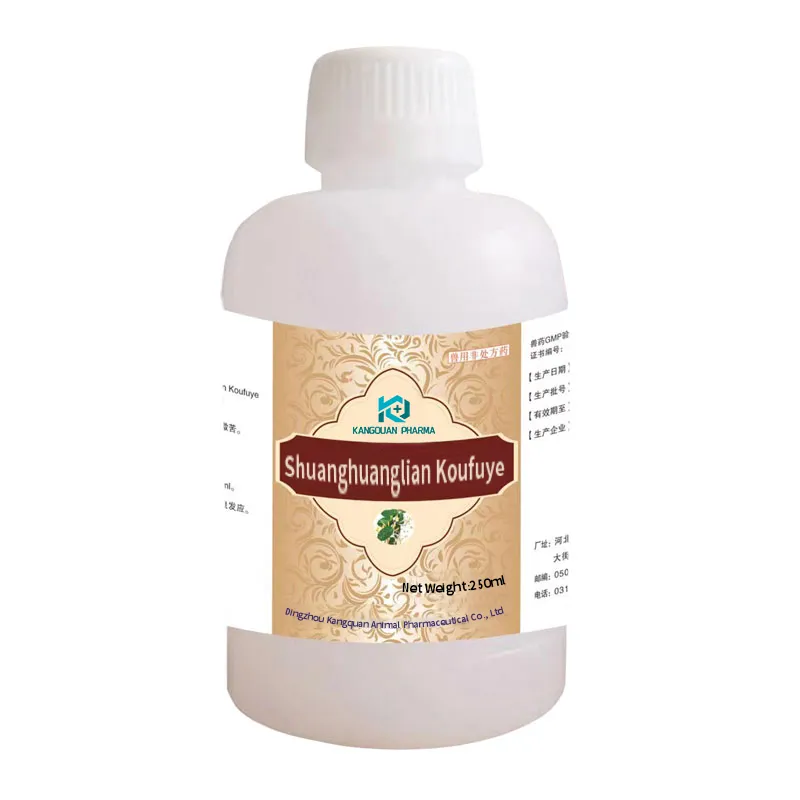- Afrikaans
- Albanian
- Amharic
- Arabic
- Armenian
- Azerbaijani
- Basque
- Belarusian
- Bengali
- Bosnian
- Bulgarian
- Catalan
- Cebuano
- Corsican
- Croatian
- Czech
- Danish
- Dutch
- English
- Esperanto
- Estonian
- Finnish
- French
- Frisian
- Galician
- Georgian
- German
- Greek
- Gujarati
- Haitian Creole
- hausa
- hawaiian
- Hebrew
- Hindi
- Miao
- Hungarian
- Icelandic
- igbo
- Indonesian
- irish
- Italian
- Japanese
- Javanese
- Kannada
- kazakh
- Khmer
- Rwandese
- Korean
- Kurdish
- Kyrgyz
- Lao
- Latin
- Latvian
- Lithuanian
- Luxembourgish
- Macedonian
- Malgashi
- Malay
- Malayalam
- Maltese
- Maori
- Marathi
- Mongolian
- Myanmar
- Nepali
- Norwegian
- Norwegian
- Occitan
- Pashto
- Persian
- Polish
- Portuguese
- Punjabi
- Romanian
- Russian
- Samoan
- Scottish Gaelic
- Serbian
- Sesotho
- Shona
- Sindhi
- Sinhala
- Slovak
- Slovenian
- Somali
- Spanish
- Sundanese
- Swahili
- Swedish
- Tagalog
- Tajik
- Tamil
- Tatar
- Telugu
- Thai
- Turkish
- Turkmen
- Ukrainian
- Urdu
- Uighur
- Uzbek
- Vietnamese
- Welsh
- Bantu
- Yiddish
- Yoruba
- Zulu
7 月 . 28, 2024 14:25 Back to list
Exploring the Uses and Benefits of Gentamicin Sulfate in Eye Drop Formulations
Gentamicin Sulfate Tetes An Overview of its Uses and Importance
Gentamicin sulfate, a broad-spectrum antibiotic belonging to the aminoglycoside class, is widely employed in clinical settings to combat various bacterial infections. In particular, gentamicin sulfate in the form of eye drops, often referred to as tetes, plays a significant role in treating ocular infections. This article discusses the uses, mechanisms, and considerations associated with gentamicin sulfate eye drops.
Mechanism of Action
Gentamicin sulfate works by inhibiting bacterial protein synthesis. It binds to the 30S ribosomal subunit, causing misreading of mRNA and leading to the production of dysfunctional proteins that are essential for bacterial growth and replication. This action not only halts the growth of susceptible bacteria but may also kill them outright, making gentamicin a potent agent against various gram-negative and some gram-positive bacteria.
Therapeutic Uses
Gentamicin sulfate eye drops are primarily indicated for the treatment of bacterial conjunctivitis, keratitis, and other superficial eye infections caused by susceptible organisms. These infections can result from various factors, including environmental irritants, allergens, and, most importantly, bacterial pathogens.
The drops are particularly effective against infections caused by Gram-negative bacteria, such as *Pseudomonas aeruginosa* and *Escherichia coli*, as well as some Gram-positive organisms. Due to its effectiveness, gentamicin sulfate is often chosen as a first-line treatment option in clinical practice for acute bacterial eye infections.
gentamicin sulfate tetes

Administration and Dosage
When using gentamicin sulfate eye drops, proper administration techniques are crucial to ensure effective treatment. Patients are typically instructed to instill one or two drops into the affected eye(s) every 1 to 4 hours, depending on the severity of the infection. It is essential for users to wash their hands thoroughly before application and avoid touching the dropper tip to any surface to prevent contamination.
Side Effects and Precautions
While gentamicin sulfate is generally safe and effective, some patients may experience side effects. Commonly reported adverse effects include localized burning, stinging, or temporary blurred vision upon instillation. In rare cases, patients may develop hypersensitivity reactions, which could present as redness, itching, or swelling of the eye.
It is vital for healthcare providers to assess patients' medical history before prescribing gentamicin drops, particularly for individuals with a known allergy to aminoglycosides or other components of the formulation. Additionally, the use of gentamicin eye drops should be monitored in patients with pre-existing kidney conditions, as systemic absorption can occur, potentially leading to nephrotoxicity.
Conclusion
Gentamicin sulfate in the form of eye drops remains a valuable tool in the treatment of bacterial eye infections. Its broad-spectrum antibacterial activity, combined with a well-established safety profile, underscores its significance in ophthalmic medicine. However, healthcare professionals must be vigilant in monitoring patients for potential side effects and ensuring that the medication is used correctly. As with any antibiotic, the prudent use of gentamicin sulfate eye drops is essential to prevent resistance and maintain their efficacy in treating ocular infections.
-
The Power of Radix Isatidis Extract for Your Health and Wellness
NewsOct.29,2024
-
Neomycin Sulfate Soluble Powder: A Versatile Solution for Pet Health
NewsOct.29,2024
-
Lincomycin Hydrochloride Soluble Powder – The Essential Solution
NewsOct.29,2024
-
Garamycin Gentamicin Sulfate for Effective Infection Control
NewsOct.29,2024
-
Doxycycline Hyclate Soluble Powder: Your Antibiotic Needs
NewsOct.29,2024
-
Tilmicosin Premix: The Ultimate Solution for Poultry Health
NewsOct.29,2024













